Here’s an unusual read for Green Bean’s Bookworm Challenge.
I bet you never thought that weeds are really an indication of the nutrients in your soil. I never did. I just thought certain weeds grew where they grew because they just kept sprouting from the year before. But by changing the nutrient content of your soil can actually allow new weeds to grow and stop the growth of weeds you currently have. Interesting, isn’t it? I never would have thought. We learned this all in a book that Scott ordered called, “Weeds and why they grow” by Jay McCamen from Moses (Midwest Organic and Sustainable Education Service, Inc.)
The root systems of some weeds, especially perennials, can penetrate deep into the subsoil to loosen it. Some weed roots can go down into the soil as much as twenty feet, breaking up the soil and improving drainage and aeration. They also bring up minerals and make it possible for the root systems of other plants, such as vegetables, to use those minerals and natural aeration.
As I mentioned, you can identify problems in your soil by what weeds are growing in it. There is a detailed chart that lists almost every weed out there and the soil nutients that allow that weed to proser. Through reading this book and looking in our yard, we found that the prolific srouting of purslane, amaranth, dandelions and some others that we have a calcium deficiency. That would also explain our yearly battle with blossom end rot on our San Marzanos. So off to the nursery we went, and back we came with liquid calcium which the man working there said is the best way to apply calcium at this stage in the growing cycle.
So once we get our calcium problem fixed, will the purslane, amaranth and dandelions leave? Quite possibly. And in its place maybe red clover will arrive. How will it get there? Well weed seeds can lie dormant and viable in the soil for as long as 30, 50, even 70 years! They are just waiting for a spec of light and for their proper soil conditions to sprout. (I’m serious about that spec of light, a fraction of a second of sunlight will do to get it growing, which is why he recommends tilling at night.)
Another thing I learned is that a garden that is free from weeds is actually a very unhealthy garden. When very little weeds grow it means the soil is actually extremely unhealthy. So it’s a good thing if you have weeds. Healthy weeds mean a healthy soil.
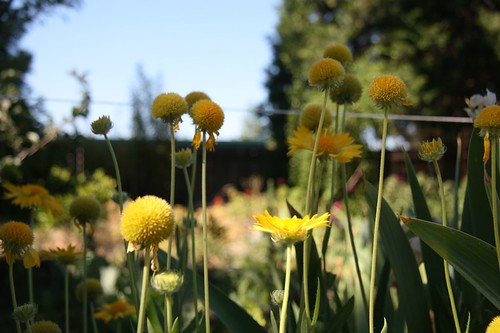


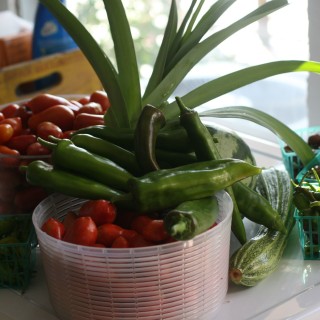
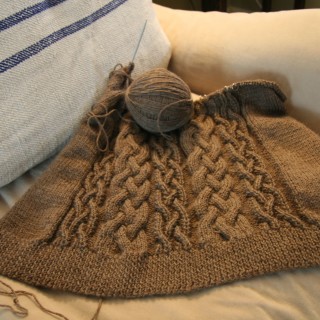
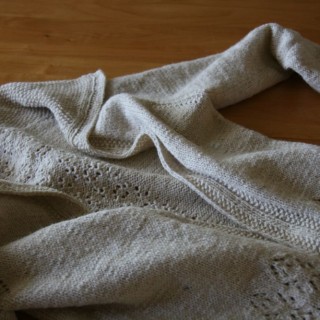

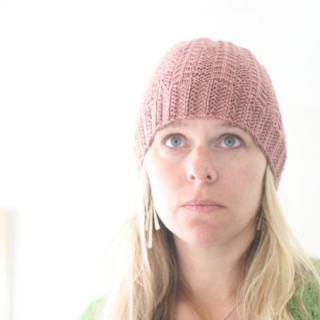

How fascinating – I never would have thought that weeds could be useful indicators of soil health. I’ve been having trouble with our new raised planter, and I noticed just this morning that it has almost no weeds to speak of. Guess it’s time for a soil test to see what I can add to encourage my plants to grow and the weeds to return…
This is the exact kind of book I’d love to read.
I’m playing blog tag. No pressure at all, but if you’re interested in playing along, head on over!
http://compostings.wordpress.com/2008/06/21/a-game-of-tag/
Dear interesting people,
I am a Biodynamic student from Emerson College, England. My research project is exactly on the funtion of “weeds” and there relationship to other crops and to the soil. I have encountered the book : “Weeds, guardians of the soil” by Joseph Cocannouer (free to read on the web).
There are not many people that do research in this area of how weeds can influence our crops and soil in a healing way.
I would love to get the book “weeds and why they grow” but it seems to take up to 12 weeks to send it to England. Would you know of a faster way?
It takes a few days to send it to someone in the U.S.
Maybe you can help me by ordering it and then sending it to England yourself so I can still use the book in my research.
Well, Hope to hear from someone!!!
Keep up the interesting work!
Kristof Vervynck
kristofvervynck@hotmail.com
It looks like the images that you used for this post are blanketflowers. I don’t think that they are classified as weeds?, but maybe so.
Good thoughts of the soil health indicators.
I did a raised bed this year (got started late). I made a 4 foot x 8 foot bed. I have a sandy clay soil. I placed the wood frame and dug down 4-6 inches and used a 1/4 inch hardware wire to sift out the grass and wild onions. i then mixed in 5 large bags of planting mix to fill the bed. I then planted 3 pepper plants, 3 tomato plants along with some onion sets.
The Roma didn’t produce until late Fall and had the dark brown ends that indicate low calcium in the soil. All the rest were fine.
Would the fact that there were lots of the wild onions be an indication of low calcium.
My yard is only green this fall due to the wild onions and garlic growing. Dry summer and then copious rains after growing season was over and dead plants.
In case anyone wants to buy the book mentioned in the original post, it can be found here: http://www.gifttool.com/shop/ShopProductDetails?ID=1674&VER=1&LNG=EN&PID=55242&DID=1205
“There is a detailed chart that lists almost every weed out there and the soil nutrients that allow that weed to proser. ”
Can you show us this chart?